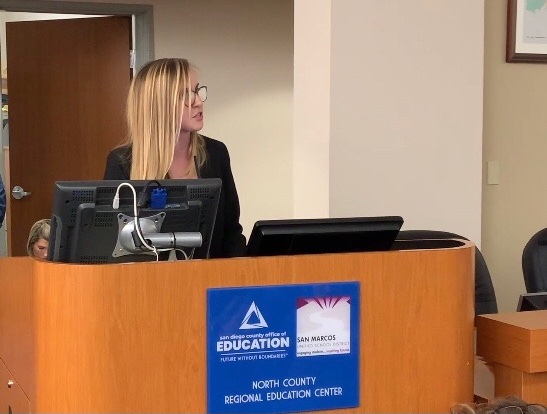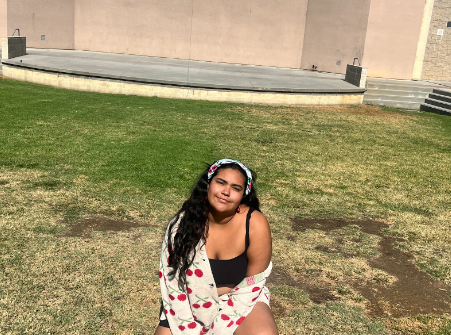Overwhelming class sizes call for overwhelmed teachers
With increasingly large class sizes becoming more common, teachers can barely keep up, greatly affecting student education.

May 3, 2019
My name is Cameron Parker. I am a senior at Mission Hills High School this year. I have spent the last two years on our campus as an AP Ambassador and this year as the president of the I Am AP program. Through these positions, I have witnessed firsthand and heard through my peers the impacts of large class sizes on intellectual growth.
First, the impact of overwhelming class sizes on teachers simply cannot be overstated. With classes like AP Language, AP Literature, and AP Government approaching or at 40 students, teachers are being sent home with nearly 200 essays to grade and comment on—a simply unmanageable number. It can be incredibly difficult for teachers to provide their students with the support they may need when they are so overwhelmed with their own workload.
As far as the experience of students, large class sizes can simply take away from the effectiveness of a course. With the workload so many teachers now find themselves with, it can be incredibly difficult for them to provide effective feedback. The amount of time it often takes teachers to read and comment on hundreds of essays individually can practically eliminate the impact of those comments—by the time the essays are returned to students, most of us barely remember writing them.
When a student walks into a classroom with 40 other students, it can be immediately overwhelming. Throughout elementary and middle school, we had 20 to 30 peers; in high school, we were immediately thrown into classes ranging from 30 to 45. It may not seem like such a big jump, but it is an over 50 percent increase, with little to no transition.
In a large classroom, it is common for students to feel as though they are not a priority. This is, of course, at no fault of the teachers; it is simply a byproduct of being one member of an overwhelmingly large group.
To go into more depth on the experience of students in large classrooms, the issue of teenage anxiety must be addressed. Over the last few decades, adolescent anxiety diagnoses have increased exponentially—now, over a third of students aged 12 to 17 have been diagnosed with an anxiety disorder, and large class sizes are not helping. Students with social and general anxiety disorders have heightened fears of judgment; in large classroom environments, students do not feel as close to their peers as they do in smaller classroom environments. This can make an impact on a student’s willingness to participate—many students already fear asking questions—and a larger class size only escalates that for students with anxiety disorders.
The impact of an overwhelming class size on students and teachers alike is immeasurable. The connections built between students and teachers, the people who spend their lives building the futures of said students, can last a lifetime. I’ve been lucky enough to have teachers that are so open and in tune with their students that I consider them some of my closest friends. But with growing class sizes, close and positive relationships with teachers are extremely limited. Effective teaching styles are extremely limited. Positive, impactful, and nourishing learning environments are extremely limited. It is for these reasons I must implore the district to reduce class sizes—it is necessary for the experience of our teachers and students alike. I must implore you to put students first.






